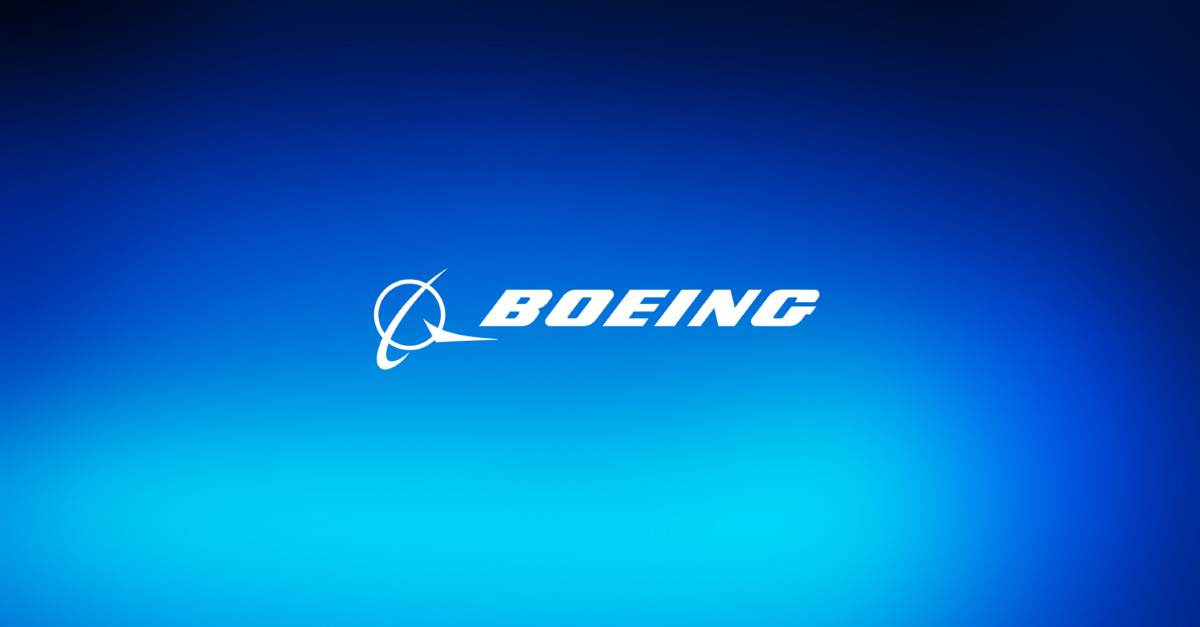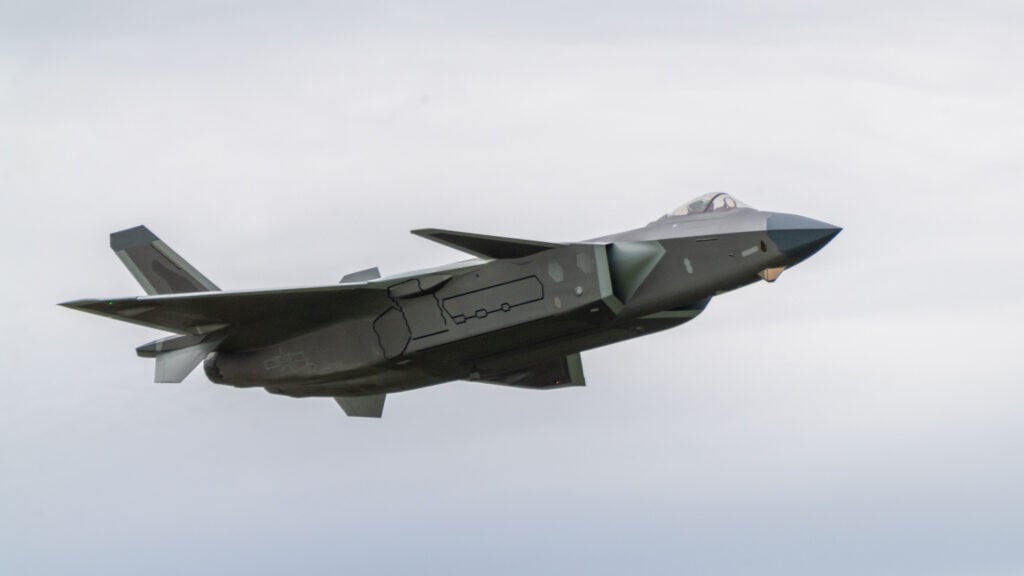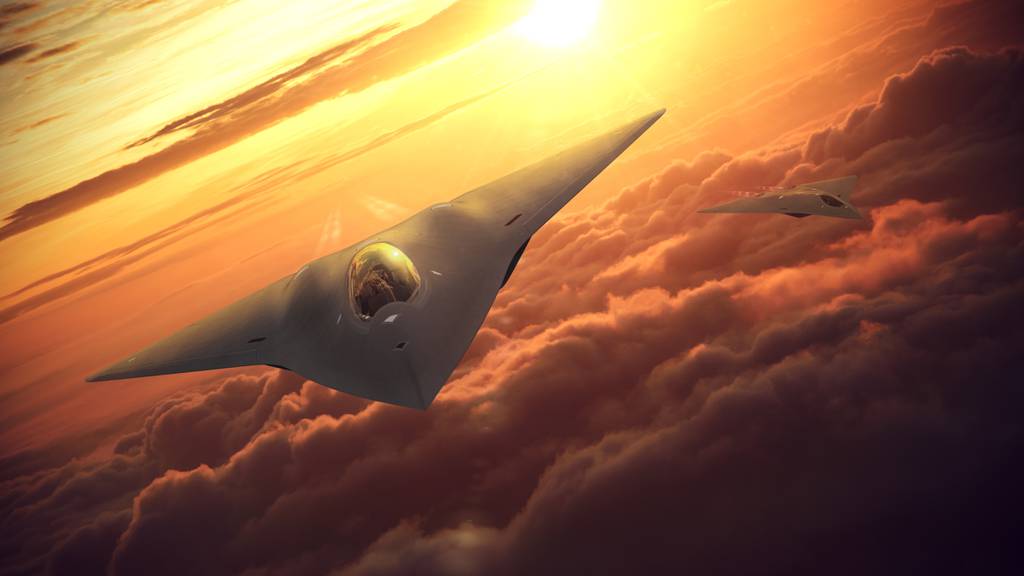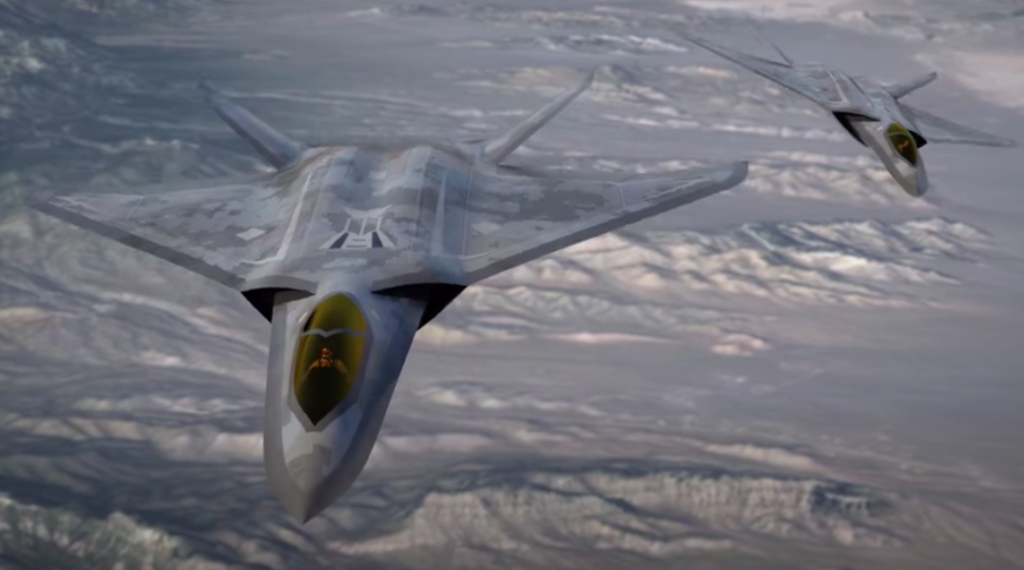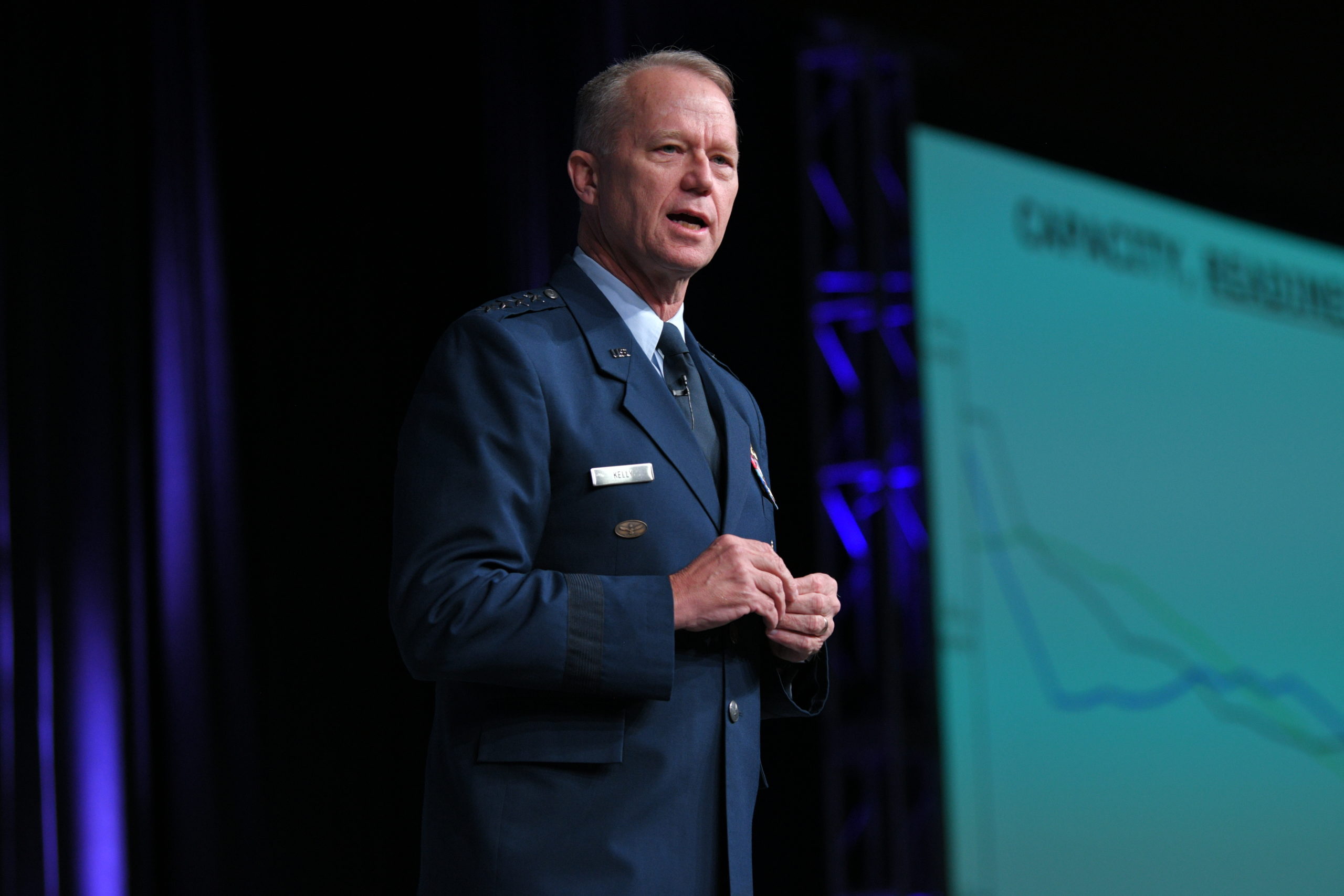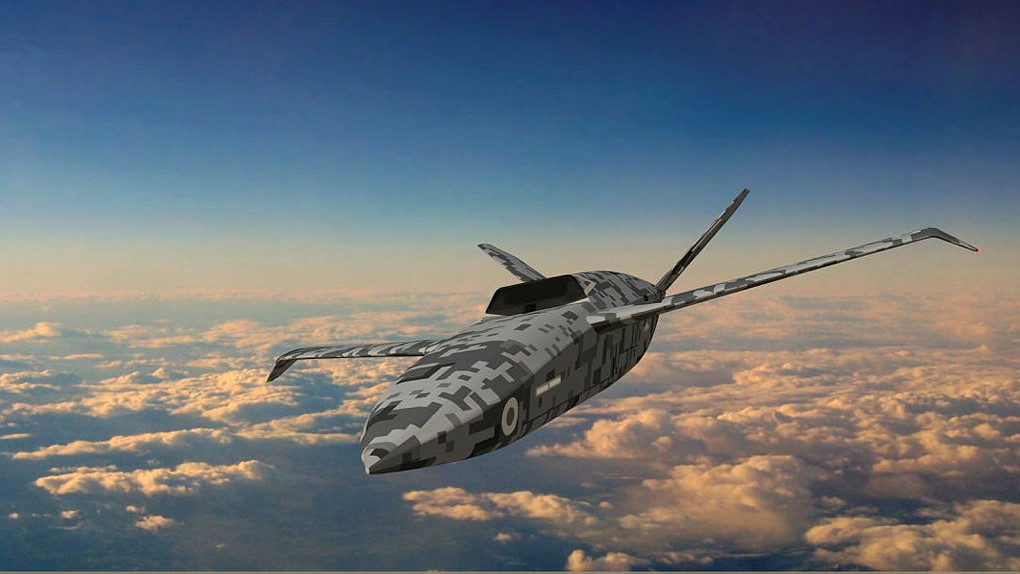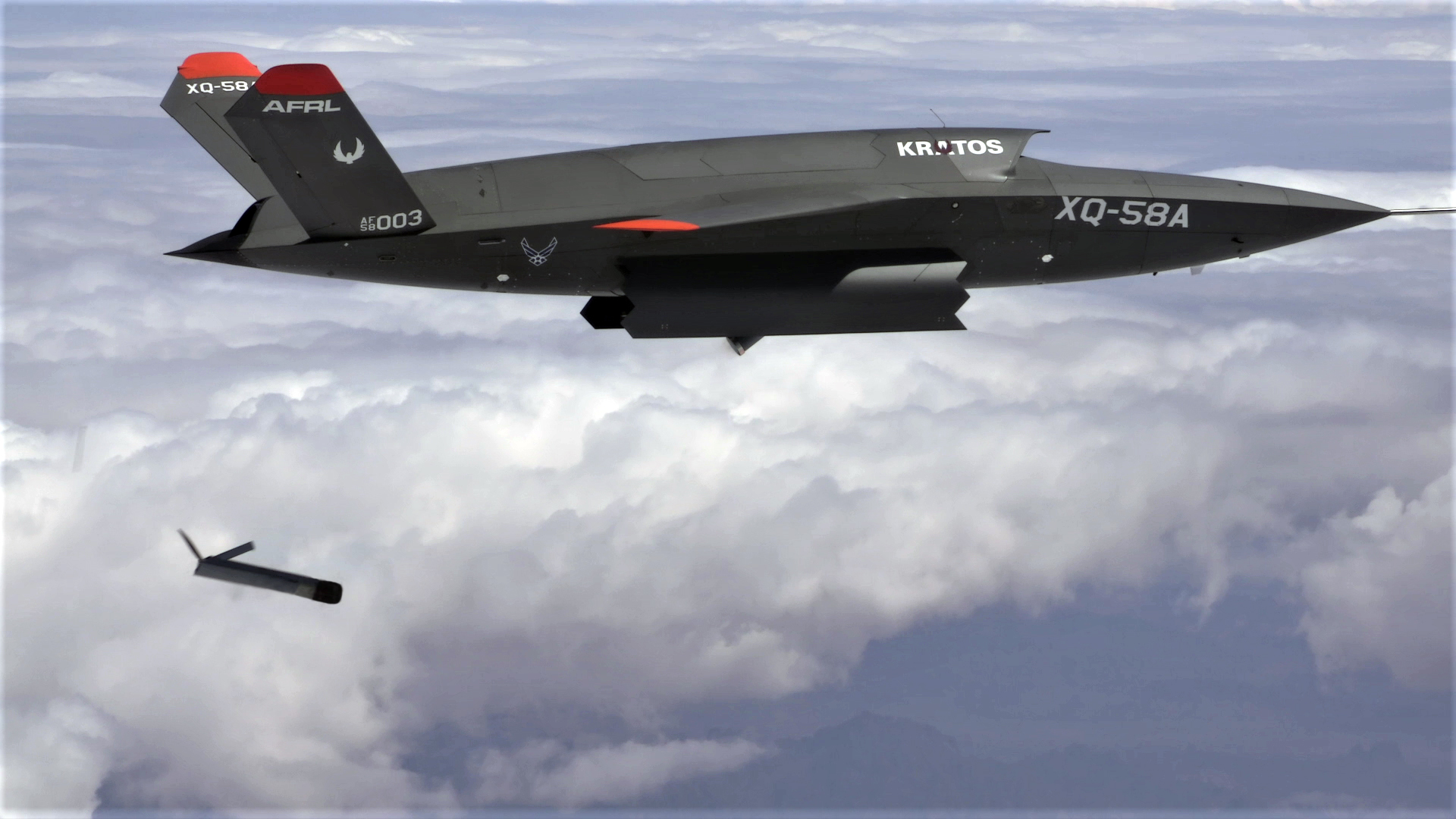NeilChapman
Interested 3rd party
- Joined
- 14 December 2015
- Messages
- 1,284
- Reaction score
- 485
"undoubtedly more expensive..."I was wondering the same thing since NGAD is undoubtably expensive but only one can dream of such numbers just thought it was an interesting article even though it seems these numbers are not likely but I'm hoping for around 350-500 NGAD systems to come to fruition i wonder what the USAF NGAD numbers look like.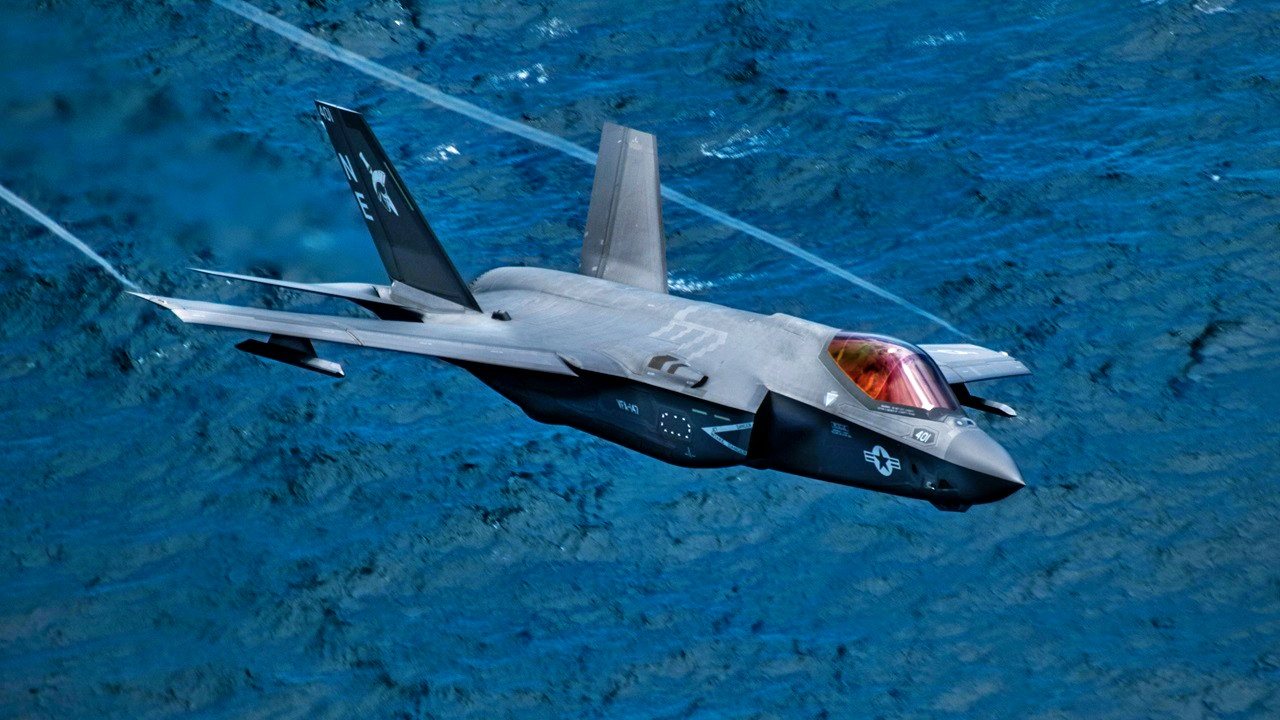
U.S. Navy to Arm Carriers With 1,000 Fifth and Sixth-Generation Stealth Fighters
A new plan released by Chief of Naval Operations Adm. Michael Gilday calls for a “family” of manned and unmanned sixth-generation aircraft.nationalinterest.org
Interesting, but where is the US Navy going to get the funding for the 1000 fifth and sixth generation fighters from?
But how much more? Currently, when speculating prices it's based on weight and production numbers. Weight goes up when building planes for carriers. Weight goes up for additional fuel load for increased range. Quantifying 1000 airframes likely goes to anticipating acquisition costs.
The first F-35A was reportedly $221M. The latest is $79M. B21 is speculated to be under $550M in 2016 dollars. F-35C is reportedly $95M, cost reductions largely based on overall F-35 production. The USAF has learned valuable lessons from how the F-35 program was handled. That wisdom was transferred to the B-21 program.
It sounds as if the Navy has internalized the production quantity as a function of cost argument. The proposed common system's between USAF and USN is another lesson learned. Production advances that allow suppliers to develop production tooling up front is another cost advantage we now enjoy.
My point is that learning is occurring. While there are physics we cannot currently overcome, there are significant advancements that have been made. We may be pleasantly suprised that the cost may not be as dramatic as was F-22 in its day.

